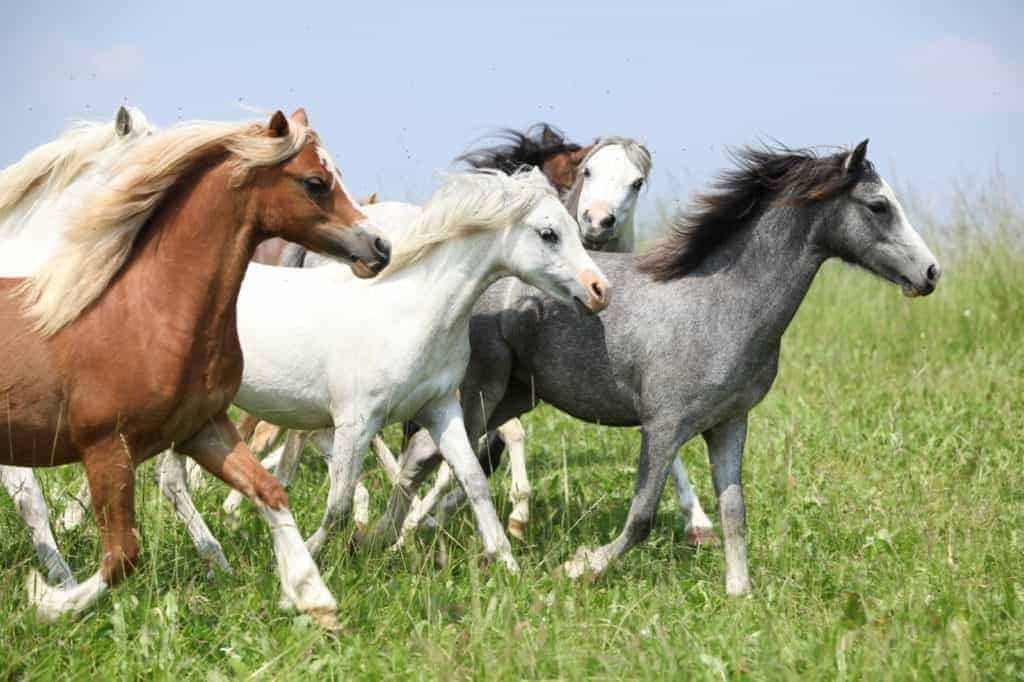
Learned Helplessness in Horses
When a person lays a horse down to show its submission, the animal might actually be using its last line of defense.

When a person lays a horse down to show its submission, the animal might actually be using its last line of defense.

It’s all about teaching him that if he does something else–even standing still–he’ll get a reward, researchers say.

Researchers say it appears horses can transmit their emotions through their whinnies.

Cribbers allowed to crib during training had reduced stress levels than when they’re not allowed to, researchers found.

Researchers found that dominant horses seem to be have higher body condition scores than their less-dominant herdmates.

Horses are capable of a wide range of facial expressions that aren’t so different from those of humans and chimpanzees.

While Western saddles had uneven pressure distribution, study horses showed no signs of saddle-related discomfort.

It doesn’t matter where a scary object comes from–if it’s going to scare the horse, it’s going to scare the horse.

Researchers found that the simulator is less demanding and less complex, but can be stressful for riders.

Without dopamine, horses wouldn’t learn. But with too much, they can develop stereotypies. Here’s what you need to know.
The annual equitation science conference will take place Aug. 5-8 in Vancouver, British Columbia, Canada.

Researchers determined that the dominant horse is rarely the one who takes the first steps to get the herd moving.

While fearfulness might seem like a negative trait, it can be quite beneficial in some scenarios, scientists found.

Researchers tried several methods by which to measure foals’ learning abilities with mixed results.

Factors such as age, breed, discipline, and more can impact a horse’s temperament, scientists found.

Switzerland is a leader in animal rights legislation, and the impact on horse management is significant.
Stay on top of the most recent Horse Health news with
"*" indicates required fields